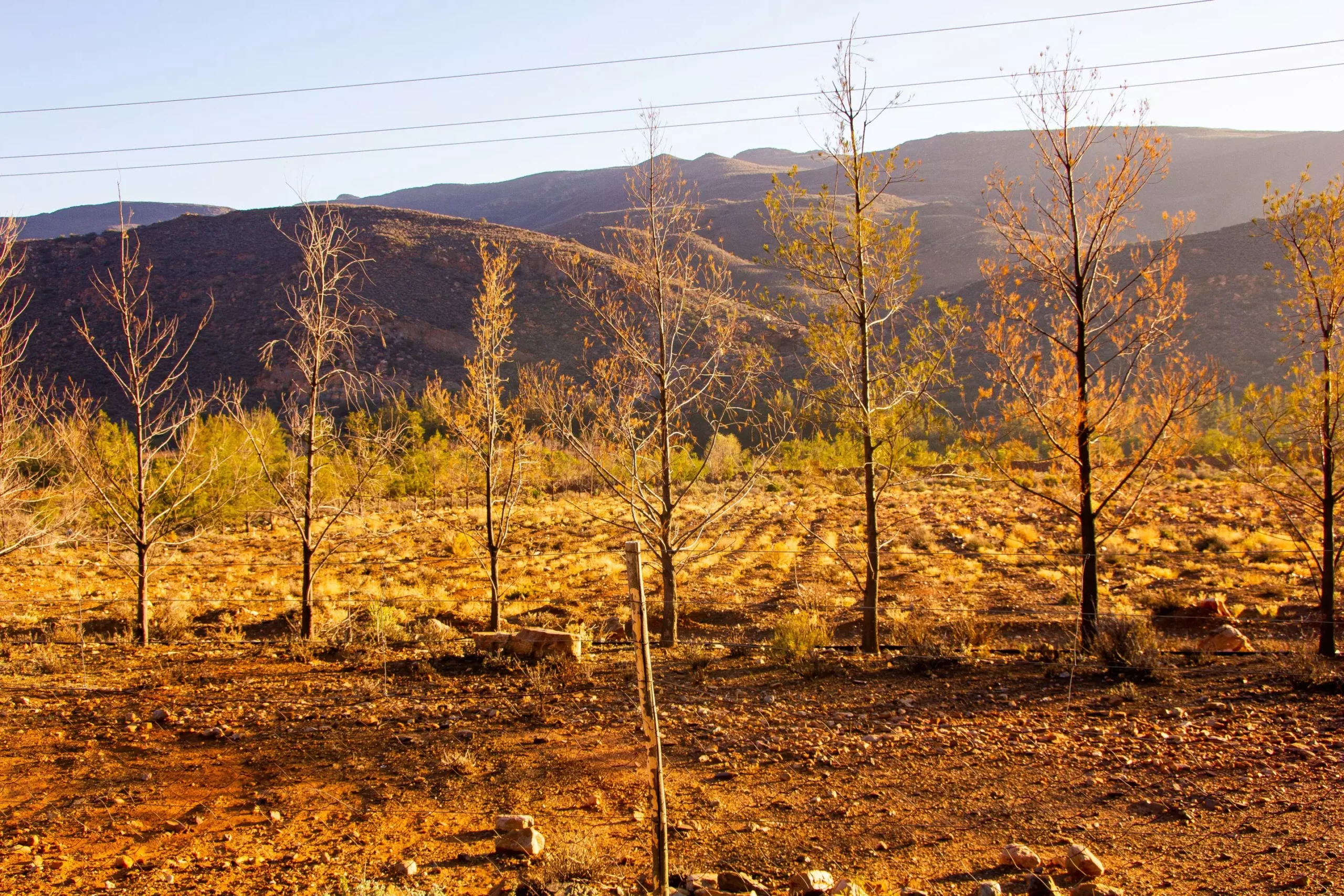Recent research unveils a pressing transformation in North America’s climate that is reshaping the landscape of precipitation across the continent. The study, conducted by researchers at The Ohio State University, highlights a severe divergence between the American Southwest and Northeast regarding weather patterns, predominantly influenced by climate change. This changing climate reflects a broader trend of increasing volatility in seasonal precipitation, characterized by prolonged dry spells in the Southwest and more intense wet seasons in the Northeast, with significant implications for water resource management, agriculture, and urban planning.
The American Southwest is witnessing a concerning trend towards worsening drought conditions. As a region historically accustomed to dry spells, the escalating severity of these droughts signifies a departure from previous weather patterns. Researchers indicate that the Southwest will experience prolonged periods of low rainfall across all seasons. This consistent lack of moisture poses serious challenges for both ecosystems and agricultural practices, raising concerns over food security and water availability. The implications extend beyond immediate environmental issues, threatening to disrupt local economies that rely heavily on consistent water supply for crops and livestock.
Conversely, the Northeast is experiencing a contrasting climatic evolution, characterized by wetter conditions. The research showcases a pronounced shift towards increased precipitation, particularly in winter and early spring seasons. Areas such as Ohio, previously seen as stable in terms of rainfall, are also projected to face more significant wet years. This influx of moisture could lead to flooding, soil erosion, and other associated difficulties that pose challenges for infrastructure and city planning. Urban areas may require enhanced drainage systems and infrastructure investment to adapt to the shifting weather patterns.
An alarming aspect of these findings is the introduction of extreme variability in precipitation patterns. As the middle regions of the United States anticipate stark swings between drought years and periods of excessive rainfall—termed “pluvials”—the unpredictability of these events adds complexity to water management strategies. The researchers noted that rather than experiencing steady, predictable weather conditions, regions may find themselves caught in cycles that oscillate wildly. This creates a crisis of adaptability, as existing systems for irrigation and water storage become inadequate in the face of dramatic weather shifts.
The analysis also delves into the historical context of climate impacts, comparing data from pre-industrial eras to the present day. By integrating centuries of precipitation data—derived from tree rings, historical records, and advanced climate models—the researchers assert that the current scale of climate variability far exceeds anything observed in the past. This suggests a significant alteration in the Earth’s climatic systems, directly linked to rising greenhouse gas concentrations. The study presents a clear call to reassess existing climate models to integrate these long-term changes, aiming to devise adaptive strategies that reflect the realities of our present and future climate conditions.
The ramifications of these shifting precipitation patterns extend into crucial sectors such as agriculture and infrastructure. With the American Southwest anticipating less water availability, farmers and land managers must pivot to new strategies that account for decreased moisture. In contrast, those situated in the central United States must prepare for the likelihood of both droughts and flooding, necessitating the creation of versatile farming practices and resource management plans. Government bodies, urban planners, and engineers are now faced with the urgent task of situating their planning efforts within this unpredictable climate framework, necessitating flexible systems that can adapt to changing conditions.
The research is a clarion call for heightened awareness and proactive measures amid this growing crisis. Regions across North America are adjudged to be entering an era marked by uncertainty, with experts urging that immediate steps be taken to mitigate further climate change impacts. While efforts to combat climate change require time and collective action, the adaptive management of water resources must prioritize understanding these emerging patterns to ensure sustainable and resilient communities. The need for a unified approach to address and manage these climatic extremes has never been more urgent, as the weather patterns of the future are shaping up to be unlike anything previously experienced in North America.


Leave a Reply